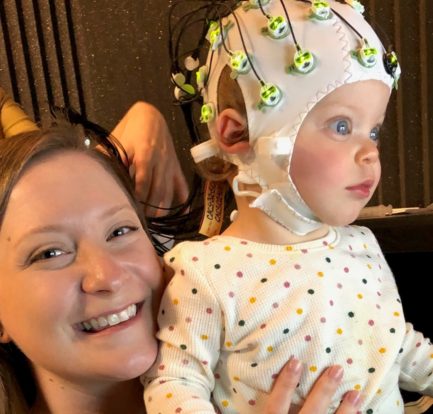The taxonomic assumption groups objects together based on shared characteristics. When children are learning the names for new objects, they use different strategies to learn faster. In addition to assuming that the same object name applies to objects that are the same shape (shape bias) and assuming one name per object (mutual exclusivity), young children […]
All Posts By: Aahnix Bathurst
The rules for building up words from bits and pieces
Understanding morphology shapes our knowledge of language. In an earlier post, we discussed morphemes. Here, we discuss the study of morphemes, called Morphology. Linguists study morphology by studying how people learn and use morphemes, and how morphemes interact with each other when they are put together. One common purpose of morphemes is to change a […]
I speak differently to my baby than to other adults. Is it actually helping them learn?
Parentese is more than baby talk. Named after parents around the world, parentese is a style of speaking that features a higher pitch and drawn-out vowels. Believe it or not, parentese is not baby-talk. Baby-talk is when a parent babbles to their infant. They might say things like “babababa” or mispronounce words and say things […]
Yes, you speak your own language: idiolects
Idiolects make everyone sound different. Similar to a dialect, an idiolect is a personal dialect. Just like groups of people have regional dialects and accents, every individual person has a unique way of speaking (or signing). They may vary in how fast or slow they talk, how they pronounce certain words, how breathy or raspy their […]
Your baby’s vocabulary is more than just the words they can say.
Everyone has both a receptive vocabulary and a productive vocabulary. Combined, they hold all the words we know. A vocabulary is well known to be all the words a person knows. A receptive vocabulary describes all the words a person understands, and is also called a comprehension vocabulary. A productive vocabulary describes all the words […]
More than words: infants also learn complex rules for combining words and phrases
Did you know that the sentences you say aren’t just a string of words in an order, but clusters of phrases that build on each other, like building with blocks? Scientists study the structure of a language and the way words relate to each other, called syntax. The syntax, or form, of a sentence is […]
Important EEG Waves
When we measure baby brainwaves, what do we measure and what does it mean? When scientists measure brainwaves, they find a lot of them happening at different times. Scientists call these waves components, but we will continue to call them waves in this post. Some of the waves show up […]
How do Siri and Alexa sound so much like people and not robots? One way: formants!
Formants are used in all sorts of voice-related technology and analysis. Formants are bands of high-energy sound that occur at certain frequencies. Does this sound complicated? How about this: Have you been in a small echoey room or stairwell and noticed the echoes were stronger when you spoke or sung a certain pitch? The room […]
What are Broca’s Area and Wernicke’s Area?
These two areas of the brain are well-known to be used to understand and produce language. Broca’s area is the part of the brain most commonly linked to language production. One way that people can learn about the function of Broca’s area is by studying people who have damage to this brain region. In fact, […]
Lemma: the essential form of a word
What do you know when you know a word? You probably know many forms of the same word, with small modifications, or what linguists call inflections— small grammatical changes that don’t really change the meaning of the word. While the technical term for the whole group of possible forms together is a lexeme, the most […]
